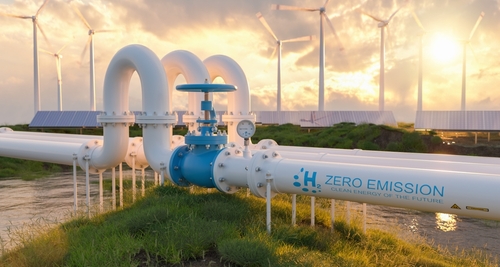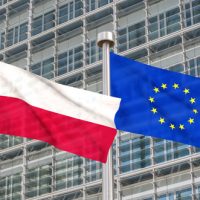Belgium (Brussels Morning Newspaper) Yara Clean Ammonia will supply Cepsa with clean ammonia volumes, which is meant to allow the Spanish energy company to get a head start in establishing the clean hydrogen corridor and lead the initiative to serve industrial and maritime customers in Rotterdam and Central Europe.
The partnership builds on the existing project announced by Cepsa and the Port of Rotterdam, in October 2022, aimed at connecting the south to the north of Europe.
The plant will use green hydrogen generated by Cepsa and the Portuguese EDP at the 1 GW plant in Campo de Gibraltar for its feedstock.
As the debate keeps going on how to ensure energy independence in a sustainable way in Europe, green hydrogen and its derivatives are seen as the fastest, most viable and competitive solution to accelerate the energy transition in heavy transport, such as maritime and aviation.
“Yara Clean Ammonia and Cepsa have forged a pioneering partnership to establish a credible and robust supply chain for clean energy transformation in Europe,” said Magnus Krogh Ankarstrand, President of Yara Clean Ammonia.
Under the business venture, Yara Clean Ammonia becomes a partner in the Andalusian Green Hydrogen Valley project in Cádiz, Spain, near the port of Algeciras, where Cepsa is constructing a new green ammonia plant — the largest green ammonia project in Europe — with an annual production capacity of up to 750,000 tons, reducing up to 3 million tons of CO2 emissions.
The new corridor is expected to create 3,300 jobs and a new market in Algeciras for green ammonia — a product derived from green hydrogen and used as a sustainable marine fuel and carrier of green hydrogen for its transportation.
After being transported, the clean ammonia can be converted back into hydrogen for distribution. The process is due to happen in the Port of Rotterdam, where a terminal is being built to perform this conversion, and channel the clean hydrogen via pipelines to Germany, Belgium, Denmark, or the Netherlands.
This commitment to sustainable maritime fuels is in line with the European Commission’s Fit for 55 package, which includes a legislative initiative — “FuelEU Maritime” — that aims to stimulate demand for sustainable alternative fuels in maritime transport to reduce greenhouse gas emission intensity by 2% in 2025, 6% in 2030, and 75% in 2050, compared to 2020 levels.
“This partnership will lay a solid foundation for industrial efforts to secure clean ammonia and hydrogen for several downstream applications in Europe while securing the clean transformation goals,” added Ankarstrand.
The signing ceremony was attended by His Majesty King Felipe VI of Spain and His Majesty King Willem-Alexander of the Netherlands, highlighting the collaboration between the two countries to accelerate the net-zero carbon energy transition.



